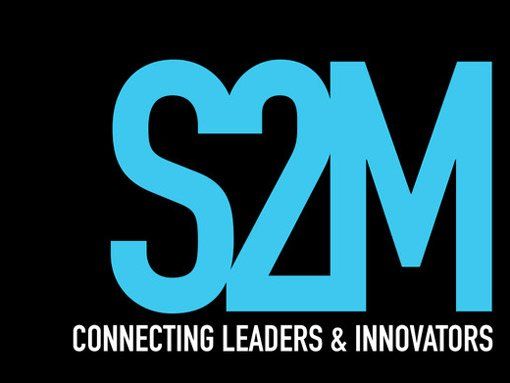What comes first in marketing; Brand or Data?
When finding where the origins of a great marketing campaign comes from, marketers are almost always left with the chicken and egg dilemma; do we start with brand or do we start with data. Think of it more as a left-brain vs right-brain style dilemma. Depending on how your brain is wired depends on whether you will be able to extrapolate the most information out of data from marketing performance metrics or finding the most helpful information from your data.
To help in the decision as to whether to analyse your marketing data first or to reflect on your brand’s perception in the market, I’ve compiled a short list of what I’ve seen work well in organisations before.
Data is irrefutable, but brand can be changed
Marketing data is hard to deny. Whether you have a Net Promoter Score, Brand Survey or even simple sales figures, it’s hard to deny when your brand is tanking. Most of the time the data will suggest that your brand is heading in a certain trajectory, and it will help establish trends, which as we all know “ are your friends ”.
Just because marketing data is irrefutable, it doesn’t make it the end goal. The problem with data is that a lot of the time we don’t have a lot of control over it. Most of the time, data is the product of something that lies beneath it. It doesn’t tell us exactly what we need to do to make our brand work better in the marketplace.
In this way, brand is a better place to start. Under the assumption that you can define the brand honestly (which I’ve seen a lot of companies unable to do), a defined brand will set you apart from those that can’t take an honest look at themselves, your competition. Starting at your brand means that you can look at ways to turn your brand perception into more positive, revenue generating ways.
Data is correlated with revenue, so long as you see the big picture
Marketing data is almost always correlated with revenue, and consequently the bottom line. A high Net Promoter Score will almost always translate into a profitable business, but there are many examples of companies where that is not the case. ING Direct was a classic example of this. The company consistently had the highest score in their sector, but simply couldn’t hold their margin up to the bigger players in the banking sector.
If you’re going to look at data, you have to look at it from every angle. Starting from the bottom line means looking at sales and revenue, and working your way up to see how much the brand and campaigns play a part in that. One of the most common examples I’ve seen is the sale of IAG insurance products, who did not have the largest marketing budget of all the main insurers, but who could cleverly place their marketing budget at the point of sale, whereby salespeople received large commissions for selling their products. This marketing tactic, known as “down-streaming” is a very clever strategy that has almost no brand decision involved.
Decisions like this come from data alone. It’s just a matter of finding the right data to analyse to see where the best way to spend the budget is.
Brand or data?
Before you go about seeing whether to look at brand first or data first, start with what you’re trying to achieve. If your brand is tanking, look at the brand first and foremost. Data can’t be turned around, but the brand can. If your brand is well placed but sales are tanking, look at data first. So really, it’s both, it just depends on where the company is placed.






